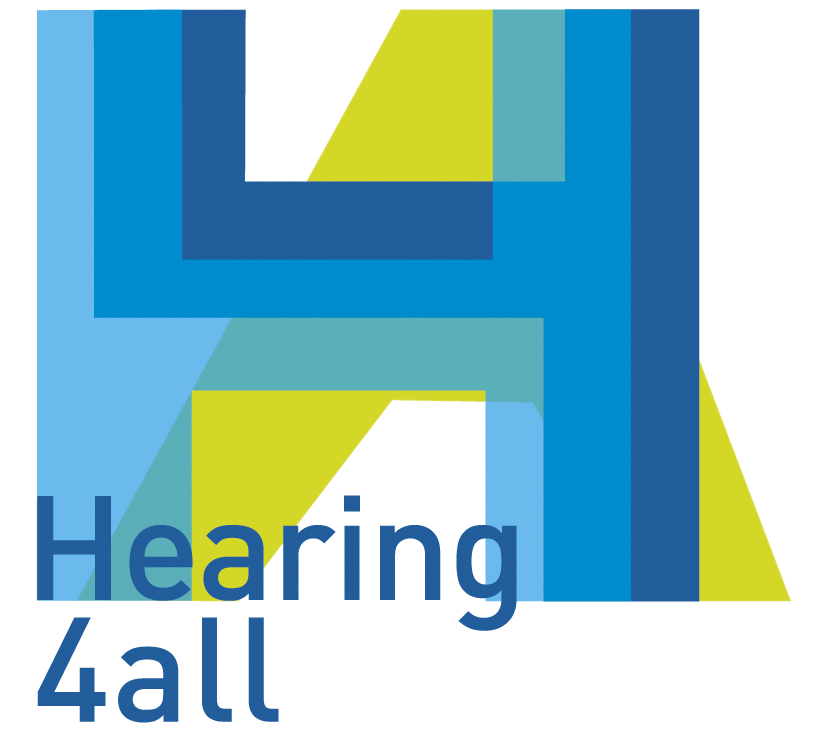General information on the magnetic resonance imaging (MRI) method
What does MRI mean?
MRI stands for magnetic resonance imaging, often also called nuclear spin tomography. MRI technology is a so-called non-invasive procedure, i.e. it is harmless to the body according to current knowledge. Unlike other diagnostic procedures, MRI technology does not use ionising radiation (radioactivity). According to current knowledge, based on more than 20 years of experience with MRI technology, which is used daily in all major clinics, there are no known side effects. Furthermore, there are no indications of negative long-term effects of MRI technology on the human body.
MRI examination procedure
Sie werden auf einem Tisch liegen, welcher Sie in die zylinderförmige Öffnung des MR-Tomographen hineinfährt, wo sich die starken Magnetfelder befinden. Zusätzlich wird ein Rahmen (die Magnetspule) um Ihren Kopf gelegt. Während der Messung werden Sie ein Klopfen hören. Um Schäden am Gehör zu vermeiden, werden Sie vor der Messung einen Gehörschutz erhalten. Die Untersuchungszeit liegt bei insgesamt ca. 60 Minuten, wobei Sie nach der Hälfte aus dem MRT für eine Pause herausgeholt werden. Im MRT werden Sie gebeten, eine vorher eingeübte Aufgaben durchzuführen (z.B. auf bestimmte Sätze zu antworten). Danach erfolgt eine genauere Aufnahme von der Struktur Ihres Gehirns. Vor der Untersuchung ist deshalb ein Gang zur Toilette ratsam. Sie haben im MRT die Möglichkeit, mit den Untersuchern über eine Wechselsprechanlage in Kontakt zu treten. Zusätzlich bekommen Sie einen Alarmknopf (Druckball) mit in den MR-Tomographen. Auf Ihren Wunsch hin können Sie jederzeit aus dem MR-Tomographen hinausgefahren werden. Abgesehen von möglichen Unbequemlichkeiten, die vom langen, stillen Liegen resultieren, sollten Sie keine Beschwerden während der Untersuchung haben.
Die Anwendung von Magnetfeldern bei der MRT-Untersuchung schließt die Teilnahme von Personen aus, die elektrische Geräte (z. B. Herzschrittmacher, Medikamentenpumpen usw.) oder Metallteile (z. B. Schrauben nach Knochenbruch) im oder am Körper haben. Ebenso ist die Teilnahme von Frauen im gebärfähigen Alter, die schwanger sind oder schwanger sein könnten, ausgeschlossen, da die Wirkung des Magnetfeldes auf den Embryo nicht ausreichend untersucht ist. Die räumlichen Verhältnisse im MR-Tomographen lassen es nicht zu, Personen mit starken Rückenbeschwerden oder übermäßigem Übergewicht zu untersuchen. Auch sollten große, schnelle Bewegungen im MR-Tomographen unterbleiben, um keinen Magnetstrom zu induzieren.
Für mehr Informationen über die Ausschlusskriterien oder was fMRT bedeutet, können Sie sich gerne unsere Probandenbroschüre durchlesen.








